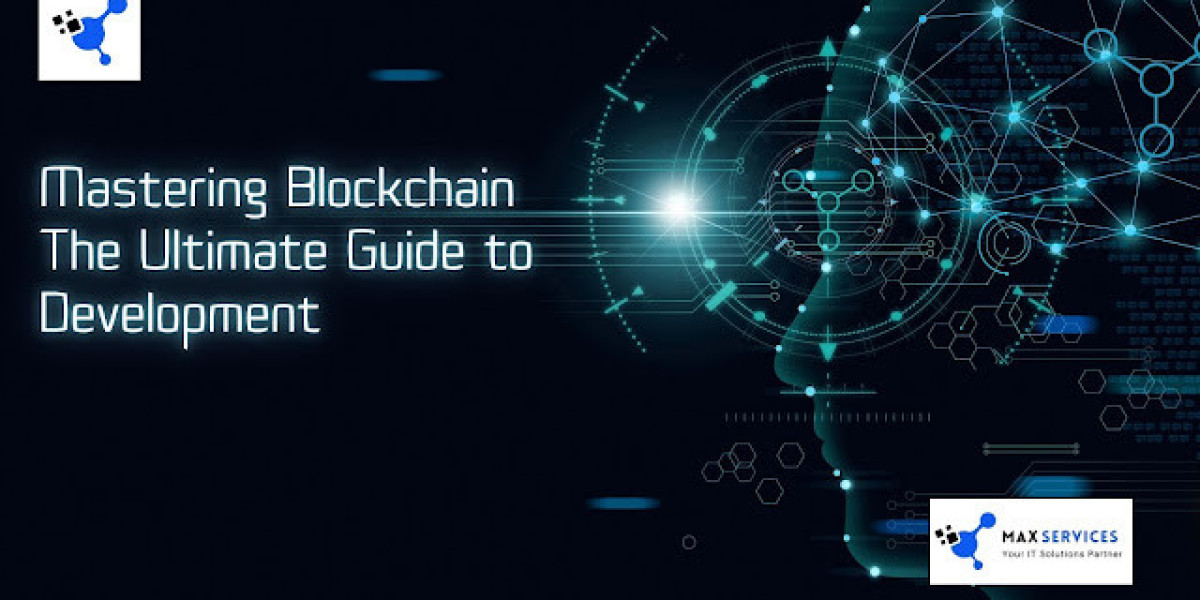Understanding Blockchain
- Immutability: Once data is recorded, it cannot be altered or deleted without consensus from the network.
- Transparency: Transactions are visible to all network participants, fostering trust and accountability.
- Security: Advanced cryptographic algorithms ensure data remains tamper-proof and secure.
Types of Blockchains
Public Blockchains
Open and accessible to everyone.
Examples: Bitcoin, Ethereum.
Private Blockchains
Access is restricted to specific participants.
Commonly used in enterprise environments.
Consortium Blockchains
Controlled by a group of organizations.
Examples: Hyperledger Fabric, R3 Corda.
Hybrid Blockchains
Combine public and private elements to balance transparency and confidentiality.
Core Components of Blockchain
Blocks: Contain data, timestamps, a unique hash, and the hash of the previous block.
Consensus Mechanisms: Ensure network agreement on transaction validity.
Examples: Proof of Work (PoW), Proof of Stake (PoS), and Byzantine Fault Tolerance (BFT).
Smart Contracts: Self-executing contracts that automate processes based on predefined rules.
Example: Ethereum-based smart contracts.
Tools for Blockchain Development
Programming Languages
Solidity: For Ethereum smart contracts.
Rust: Ideal for Polkadot and Solana.
Golang: Used in Hyperledger Fabric.
Python and JavaScript: Popular for general blockchain applications.
Frameworks and Platforms
Hyperledger Fabric: Best for private and permissioned blockchains.
Corda: Tailored for enterprise use cases.
Polkadot: Facilitates interoperability between blockchains.
Development Environments
Hardhat: A versatile development environment for Ethereum.
APIs and Libraries
Web3.js and Ethers.js: Interact with Ethereum networks.
Bitcore: For Bitcoin applications.
IPFS: A decentralized storage solution.
Steps in Blockchain Development
Define Objectives
Identify the problem your blockchain solution addresses.
Design Architecture
Select a consensus mechanism.
Determine the network structure (permissioned or permissionless).
Develop Smart Contracts
Test contracts rigorously to prevent vulnerabilities.
Set Up the Network
Configure nodes and establish communication protocols.
Use tools like Docker for deployment.
Testing
Perform unit, integration, and end-to-end testing.
Deployment
Launch on a mainnet or testnet.
Continuously monitor performance and security.
Challenges in Blockchain Development
Scalability: High transaction volumes can strain networks.
Solutions: Layer 2 scaling, sharding, and off-chain transactions.
Security: Vulnerabilities in code can lead to breaches.
Solutions: Code audits and bug bounty programs.
Interoperability: Communication between different blockchains remains complex.
Solutions: Cross-chain bridges and protocols like Polkadot.
Regulatory Compliance: Navigating evolving legal frameworks.
User Experience: Complex interfaces deter adoption.
Solutions: Simplified dApp interfaces and detailed documentation.
Real-World Applications of Blockchain
Finance
Cryptocurrencies like Bitcoin and Ethereum.
DeFi platforms for lending, borrowing, and trading.
Supply Chain Management
Tracking goods from origin to destination.
Examples: IBM Food Trust, VeChain.
Healthcare
Secure storage of patient records.
Enabling interoperability among healthcare providers.
Gaming
Ownership of in-game assets through NFTs.
Examples: Axie Infinity, Decentraland.
Identity Management
Decentralized identity verification.
Examples: Civic, uPort.
Real Estate
Tokenization of properties for transparent transactions.
Energy
Peer-to-peer energy trading platforms.
Example: Power Ledger.
Voting Systems
Secure and transparent electronic voting mechanisms.
Future Trends in Blockchain Development
Interoperability: Enhanced communication between blockchain networks.
Decentralized Autonomous Organizations (DAOs): Governance driven by smart contracts.
Green Blockchain: Adoption of eco-friendly consensus mechanisms like PoS.
AI and Blockchain Integration: Leveraging AI to improve decision-making in decentralized systems.
Conclusion
Blockchain development is a dynamic and evolving field with the potential to transform industries globally. By mastering its principles, tools, and applications, developers and organizations can unlock innovative solutions. Staying informed about the latest advancements and best practices will be crucial for long-term success in this revolutionary domain.








